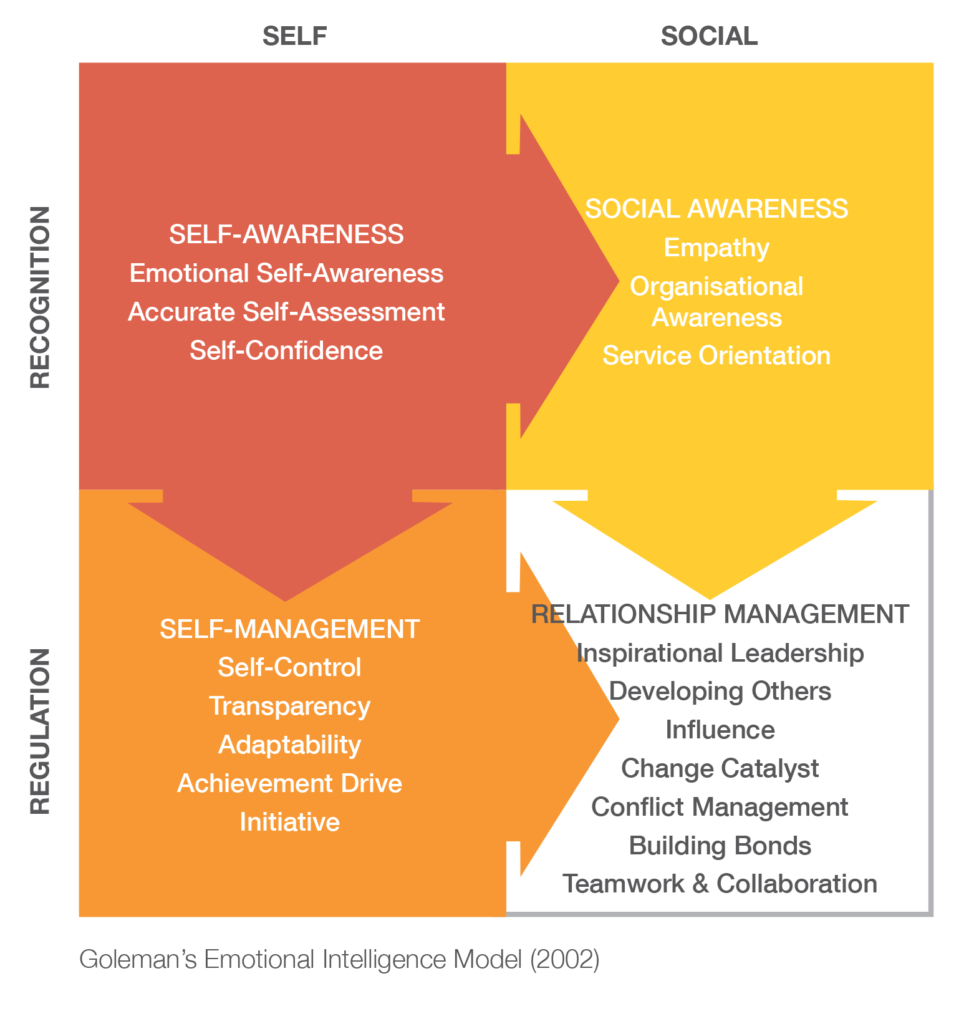In terms of strengthening leadership for the course in the future, I think that having more diverse perspectives would be beneficial. For example, what leadership looks like in specific affinity groups or organizations. This would help strengthen a broader understanding of what leadership can look like in diverse settings. This is important because The Ohio State University is predominantly white university, and the majority of social workers are white as well (Alfarano, n.d.). Thus, in order to promote antiracist activism amongst the social work students at the Ohio State University, it is critical to make white students consider how things would are different for people of color. In this case, that means considering how leadership opportunities, leadership styles, and leadership development look different for people of color.
Here are some examples that illustrate what leadership can sound and look like in non-white communities!
(Can’t access? Here’s the link!)
(Can’t access? Here’s the link!)
How are the opportunities for leadership different than the ones that we have read about so far in class?
What leadership concepts from SWK 7500 are seen in these videos?
As white social workers, how can we be more amplify black and brown voices without tokenizing them? (Not sure what tokenizing is? Click here!)
References:
Alfarano, B. (n.d.) Confronting the white elephant: white privilege in social services. Social Work Today. Retrieved from https://www.socialworktoday.com/archive/exc_0618.shtml

